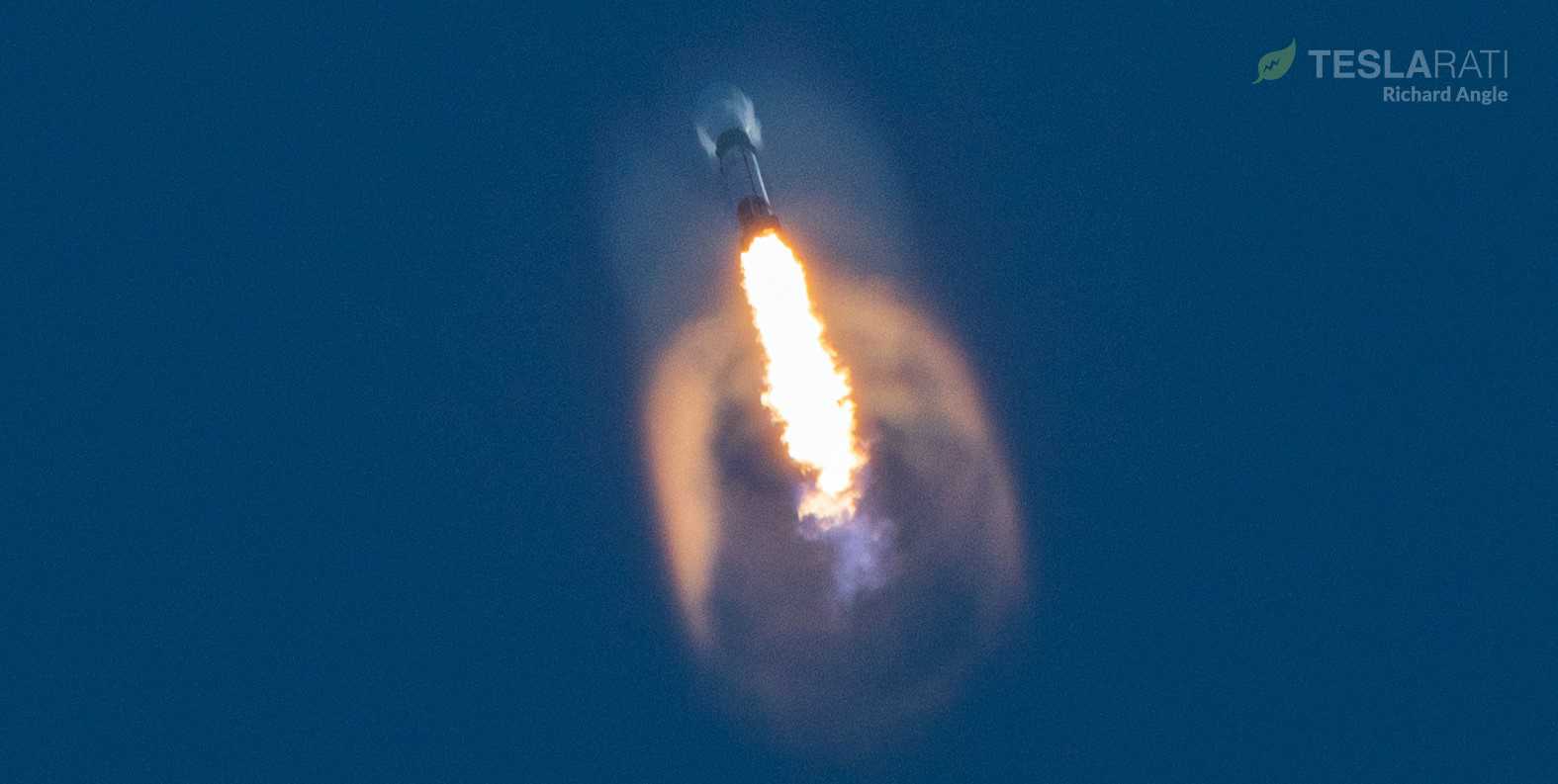

News
SpaceX's in-flight rocket engine failure threatens NASA astronaut launch debut
An in-flight rocket engine failure during SpaceX’s March 18th Starlink launch could pose a threat to the company’s imminent NASA astronaut launch debut according to a statement provided by the space agency yesterday.
SpaceX and NASA are currently working around the clock to prepare a Falcon 9 rocket and Crew Dragon spacecraft for the company’s inaugural astronaut launch, a flight known as Demonstration Mission 2 (Demo-2/DM-2). All launch vehicle and spacecraft hardware – including booster B1058, an expendable upper stage, a spacecraft trunk, and the Crew Dragon capsule itself – are already believed to be at SpaceX’s Florida launch and processing facilities.
Prior to March 18th, the biggest gating items were believed to be a few final parachute tests and a whole lot of paperwork and reviews, as well as some important but less showstopping astronaut training. Unfortunately, SpaceX has suffered two unforeseen issues of varying severity in the last few days, both of which are now all but guaranteed to impact Crew Dragon’s astronaut launch debut schedule.
“According to the CCtCap contracts, SpaceX is required to make available to NASA all data and resulting reports. SpaceX, with NASA’s concurrence, would need to implement any corrective actions found during the investigation related to its commercial crew work prior to its flight test with astronauts to the International Space Station. NASA and SpaceX are holding the current mid-to-late May launch timeframe, and would adjust the date based on review of the data, if appropriate.”
NASA — March 25th, 2020
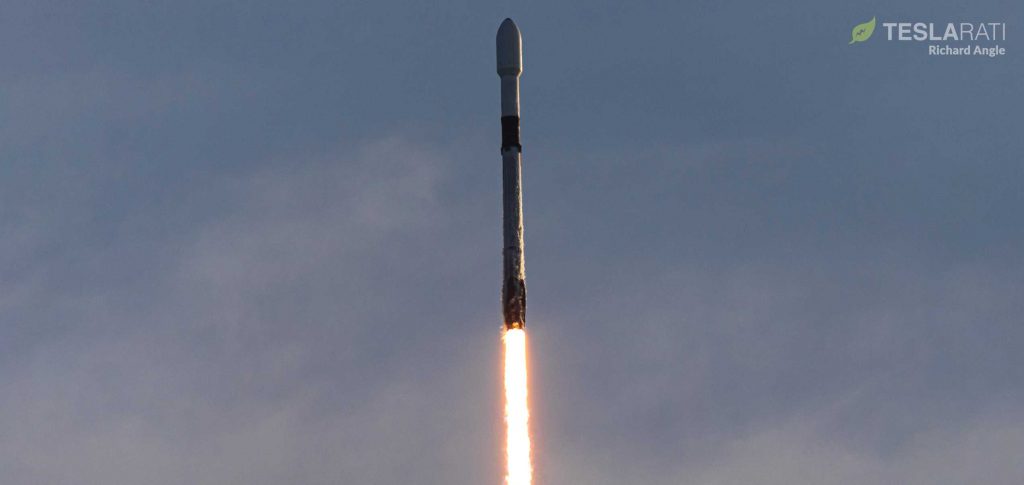
On March 18th, less than three minutes after liftoff and shortly before stage separation was scheduled, Falcon 9 booster B1048 – on its historic fifth launch attempt – suffered an engine failure visible on SpaceX’s official webcast. By all appearances, Falcon 9’s autonomous flight computer accounted for the engine’s failure, shutdown, and the resultant loss of thrust by burning B1048’s eight remaining engines for several seconds longer than planned.
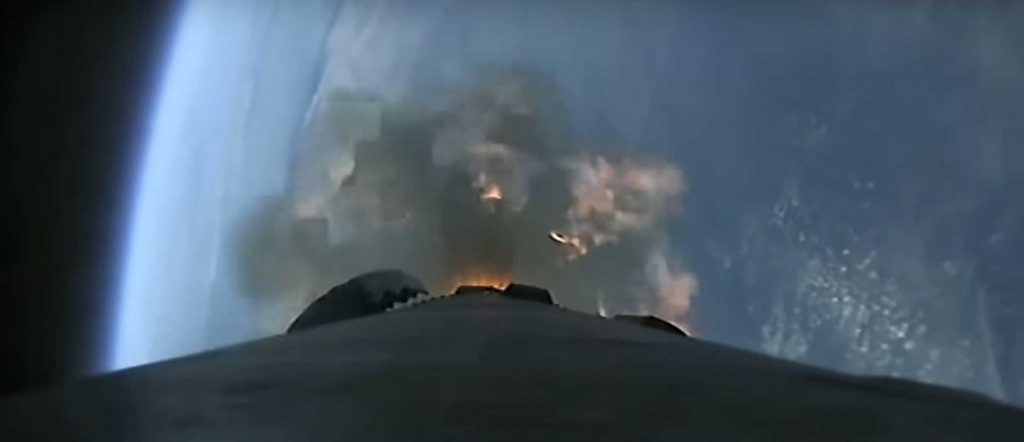
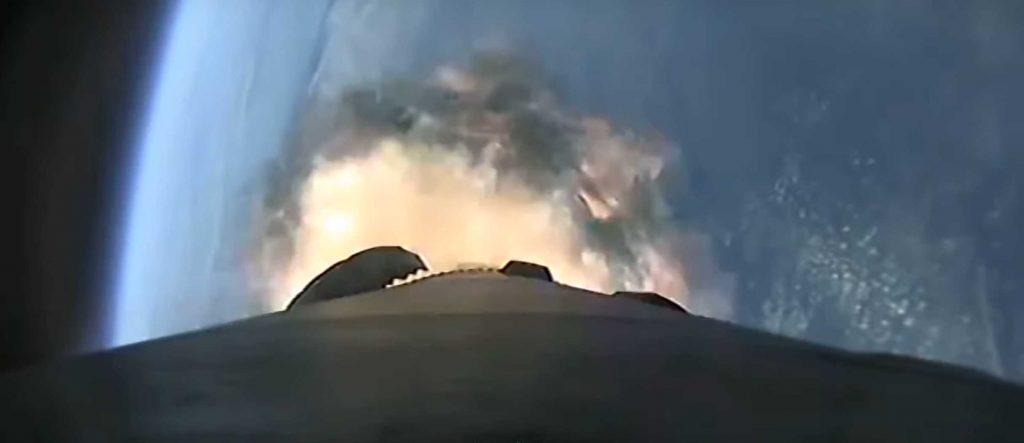
While that extra few seconds of burn time likely ensured that the rocket’s upper stage was able to make it to the correct orbit after stage separation, roughly five minutes after B1048’s extremely rapid engine failure, contact was lost. For the first time ever, there were no landing burn-related call-outs from SpaceX launch operators, the first sign that something was seriously wrong. A few minutes later, SpaceX’s webcast hosts acknowledged that the booster had been lost, perhaps lacking the propellant it needed to attempt a landing.
For reference, Merlin 1D engines likely consume some ~270 kg (600 lb) of fuel each second. Falcon 9’s landing propellant reserves are believed to be on the order of 50+ metric tons (110,000 lb). Excluding the failed engine, eight Merlin 1Ds burning at full thrust for an additional 5 seconds would consume 20% of the propellant needed for landing; 10 seconds and it would use 40%.
The anomaly was Merlin 1D engine’s first in-flight failure ever. The 2012 failure of one of an original Falcon 9 V1.0’s rocket’s nine Merlin 1C engines is SpaceX’s only other in-flight failure.
It’s likely that B1048’s engine failure was primarily related to the fact that the booster was SpaceX’s pathfinder for a fifth-flight reusability milestone, making it the most reused rocket booster ever launched. NASA currently requires all of its Crew Dragon missions to launch on new Falcon 9 rockets, hopefully mitigating direct corollaries between the Starlink L6 anomaly and astronaut launches. Regardless, the space agency says that the company will now have to complete its internal failure review and implement necessary hardware, software, or rule changes before it’s allowed to launch NASA astronauts.
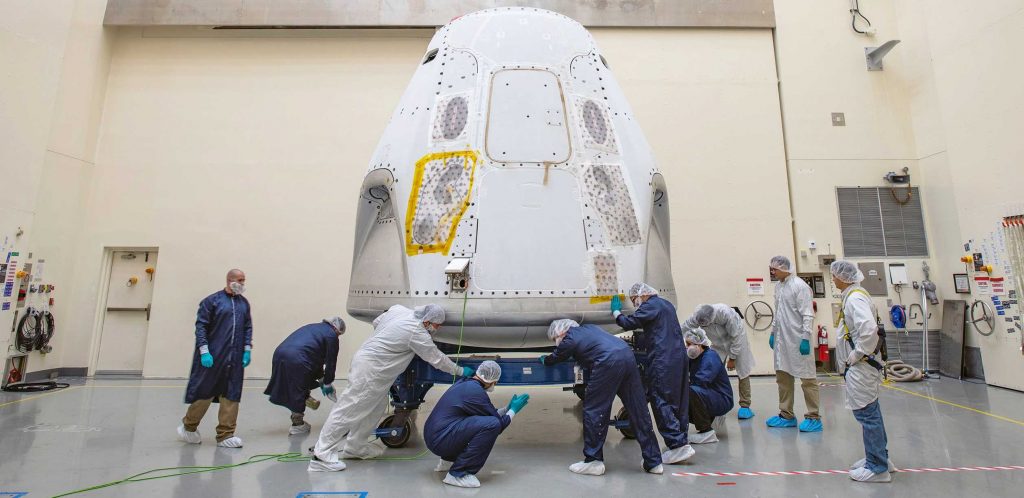
That investigation could take a matter of weeks, possibly even less, but it’s entirely possible that it could take months – let alone fixing the problems that allowed the in-flight Merlin 1D engine failure to happen in the first place. Ultimately, it will almost certainly make even the first flights of Falcon 9 and Heavy rocket boosters safer, but it could substantially delay SpaceX’s Demo-2 astronaut launch debut. Still targeted no earlier than (NET) mid-to-late May 2020, it’s safe to say that it’s reasonable to expect that schedule to slip over the next 4-6 weeks. Stay tuned for updates.
News
Tesla opens massive solar Supercharger station in California
The Supercharger opened to customers ahead of Fourth of July weekend, while Tesla continues phase two of construction on the site.

Tesla has officially launched the first several Supercharging posts at a massive station in California, notably including solar canopies and grid-scale batteries to offer completely renewable charging.
Last week, Tesla announced on X that it opened the first 84 Supercharger stalls of a planned 168-stall station in Lost Hills, California. Additionally, the massive Supercharger project features 11MW of solar canopies and 10 Megapack batteries for off-grid charging powered entirely by solar energy.
Tesla completed the first phase of the project just days ahead of the busy Fourth of July holiday weekend, adding that initial construction took just eight months. In addition to the remaining charging stalls, Tesla says it’s building a set of lounge areas, renderings of which can be seen below alongside current photos of the site.
Notably, the site also includes V4 charging posts for the company’s latest available charging speeds, and it’s located near the busy junction between I-5 and Highway 46 in Kern County.
“Thank you [Kern County] and [PG&E] for collaboration and approvals,” Tesla wrote in a follow-up post.
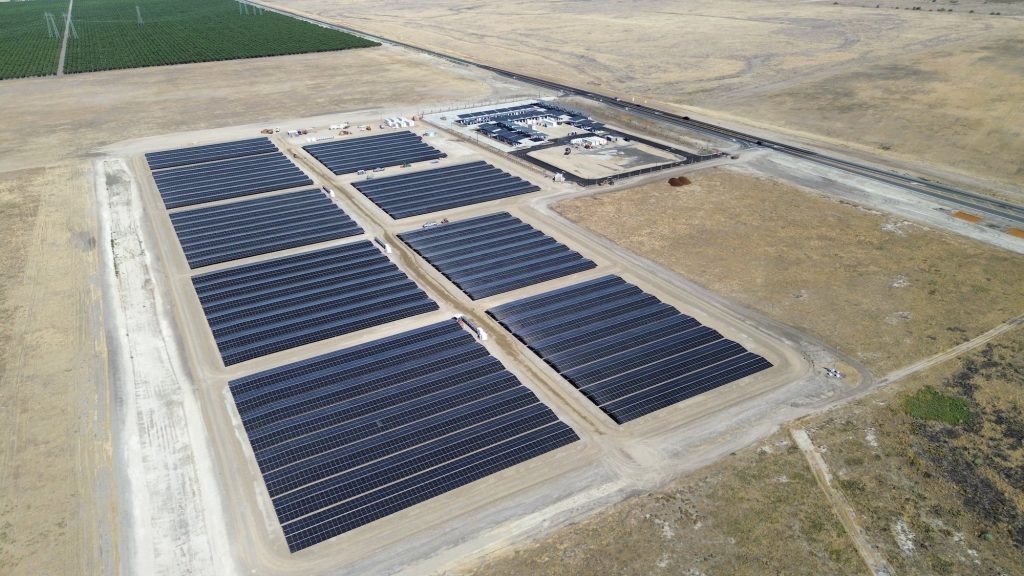
Credit: Tesla Charging | X

Credit: Tesla Charging | X

Credit: Tesla Charging | X

Credit: Tesla Charging | X
Tesla Supercharger Maps for North America, Europe, and Asia pic.twitter.com/0U5r0XRPyo
— TESLARATI (@Teslarati) July 2, 2025
READ MORE ON TESLA SUPERCHARGERS: Tesla launches ultra-fast V4 Superchargers in China for the first time
Testing at the LA Diner, plus Musk update on potential Tesla solar Gigafactory
The huge Tesla Supercharger station completed phase one of construction fairly quickly, especially given how long Tesla has been working on its unique Los Angeles diner, drive-in, and Supercharger location. Still, the company was seen performing some testing at the nearly-completed charging station earlier this month, and will reportedly be holding a job fair.
Elon Musk also responded on Monday morning to a post on X, suggesting that Tesla is “thinking about” building a U.S.-based solar Gigafactory in order to help support increased power needs with AI growth, and to bolster domestic solar production.
Tesla is building a new UFO-inspired Supercharger in the heart of Alien country
News
Tesla driver walks away from major accident with minor injuries
The driver sustained only minor injuries, and the exact cause of the crash remains under investigation.

The driver of a Tesla Model Y survived and walked away from a harrowing accident on Monday in California, only sustaining minor injuries despite the vehicle being impaled by a guardrail.
On Monday morning around 4:34 a.m., the Los Banos division of the California Highway Patrol (CHP) responded to the accident on I-5 near Panoche Road, involving a 23-year-old in a Tesla Model Y. According to a post on social media, the driver veered off the road for unknown reasons in the northbound lane, before crashing directly into the guardrail and impaling the vehicle.
You can read the full message and photos from Los Banos CHP below, as were shared in a Facebook post on Monday afternoon.
This morning a Tesla model y was traveling in the #1 northbound lane of I-5 north of Panoche Rd. For unknown reasons driver allowed V-1 to veer off the roadway, travel through a dirt center divide, and crashed into the fixed metal guardrail. Lucky for the driver he only sustained minor injuries and was able to walk away. Driving a vehicle requires 100% attention to the road. Avoid distractions and focus on driving.

Credit: CHP Los Banos (via Facebook)

Credit: CHP Los Banos (via Facebook)

Credit: CHP Los Banos (via Facebook)
In a statement to SFGate, CHP officer Myles Anderson said that the driver only sustained minor injuries, while no arrests are made and drugs and alcohol are not suspected to have been involved. The report also notes that Tesla’s “cruise control and lane assistance features” were activated, according to Anderson. However, it’s not entirely clear if this is referring to Supervised Full Self-Driving (FSD), or to the cruise control and lane assist features baked into Autopilot.
At the time of writing, CHP has not yet responded to Teslarati’s request for clarification and additional details on the matter.
Tesla Crash Safety Ratings across its lineup: pic.twitter.com/ny30R7ceji
— TESLARATI (@Teslarati) July 1, 2025
READ MORE ON TESLA SAFETY: Tesla rolls out crucial new safety feature aimed at saving children
The news comes after Tesla has touted its vehicles as incredibly safe for many years. In December, for example, the company highlighted receiving top safety scores from regulators on four different continents throughout the world, including from the National Highway Traffic Safety Administration (NHTSA) and the Insurance Institute of Highway Safety (IIHS) in the U.S.
Tesla has also listed the goal of making its vehicles the safest on the road throughout the years, both in the overall design of its vehicles and in its Autopilot and Full Self-Driving (FSD) programs.
Tesla Model 3 ranks as the safest new car in Europe for 2025, per Euro NCAP tests
Investor's Corner
Cantor Fitzgerald maintains Tesla (TSLA) ‘Overweight’ rating amid Q2 2025 deliveries
Cantor Fitzgerald is holding firm on its bullish stance for the electric vehicle maker.

Cantor Fitzgerald is holding firm on its bullish stance for Tesla (NASDAQ: TSLA), reiterating its “Overweight” rating and $355 price target amidst the company’s release of its Q2 2025 vehicle delivery and production report.
Tesla delivered 384,122 vehicles in Q2 2025, falling below last year’s Q2 figure of 443,956 units. Despite softer demand in some countries in Europe and ongoing controversies surrounding CEO Elon Musk, the firm maintained its view that Tesla is a long-term growth story in the EV sector.
Tesla’s Q2 results
Among the 384,122 vehicles that Tesla delivered in the second quarter, 373,728 were Model 3 and Model Y. The remaining 10,394 units were attributed to the Model S, Model X, and Cybertruck. Production was largely flat year-over-year at 410,244 units.
In the energy division, Tesla deployed 9.6 GWh of energy storage in Q2, which was above last year’s 9.4 GWh. Overall, Tesla continues to hold a strong position with $95.7 billion in trailing twelve-month revenue and a 17.7% gross margin, as noted in a report from Investing.com.
Tesla’s stock is still volatile
Tesla’s market cap fell to $941 billion on Monday amid volatility that was likely caused in no small part by CEO Elon Musk’s political posts on X over the weekend. Musk has announced that he is forming the America Party to serve as a third option for voters in the United States, a decision that has earned the ire of U.S. President Donald Trump.
Despite Musk’s controversial nature, some analysts remain bullish on TSLA stock. Apart from Cantor Fitzgerald, Canaccord Genuity also reiterated its “Buy” rating on Tesla shares, with the firm highlighting the company’s positive Q2 vehicle deliveries, which exceeded its expectations by 24,000 units. Cannacord also noted that Tesla remains strong in several markets despite its year-over-year decline in deliveries.
-

 Elon Musk1 week ago
Elon Musk1 week agoTesla investors will be shocked by Jim Cramer’s latest assessment
-

 News2 weeks ago
News2 weeks agoTesla Robotaxi’s biggest challenge seems to be this one thing
-

 News2 weeks ago
News2 weeks agoWatch the first true Tesla Robotaxi intervention by safety monitor
-

 Elon Musk1 week ago
Elon Musk1 week agoA Tesla just delivered itself to a customer autonomously, Elon Musk confirms
-

 News2 weeks ago
News2 weeks agoTesla Robotaxi rollout proves that Elon Musk still delivers, even if it’s late
-

 Elon Musk2 weeks ago
Elon Musk2 weeks agoxAI welcomes Memphis pollution results, environmental groups push back
-

 Elon Musk2 weeks ago
Elon Musk2 weeks agoElon Musk commends Tesla team on successful Robotaxi launch
-

 Elon Musk2 weeks ago
Elon Musk2 weeks agoElon Musk confirms Tesla Optimus V3 already uses Grok voice AI


















